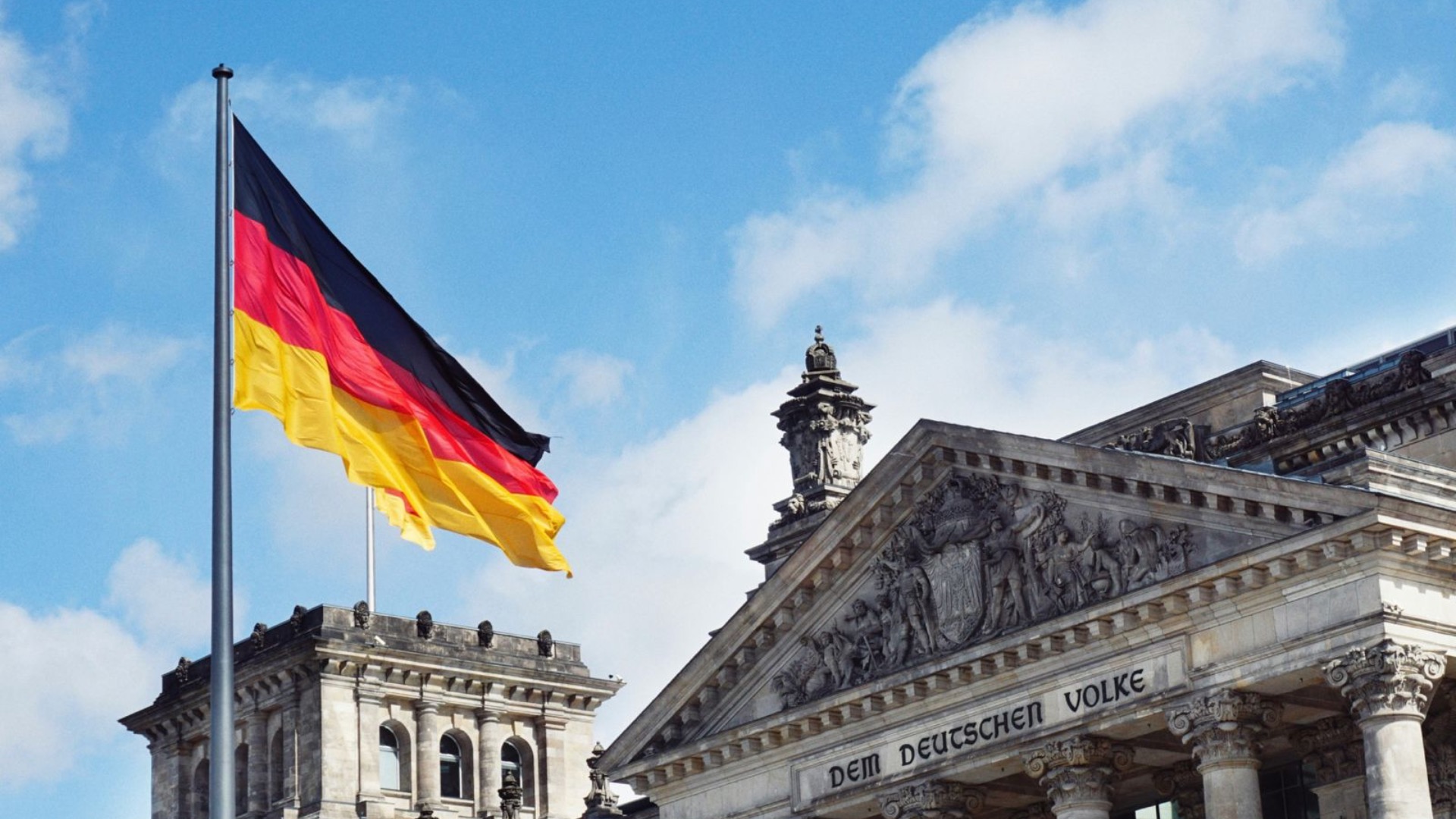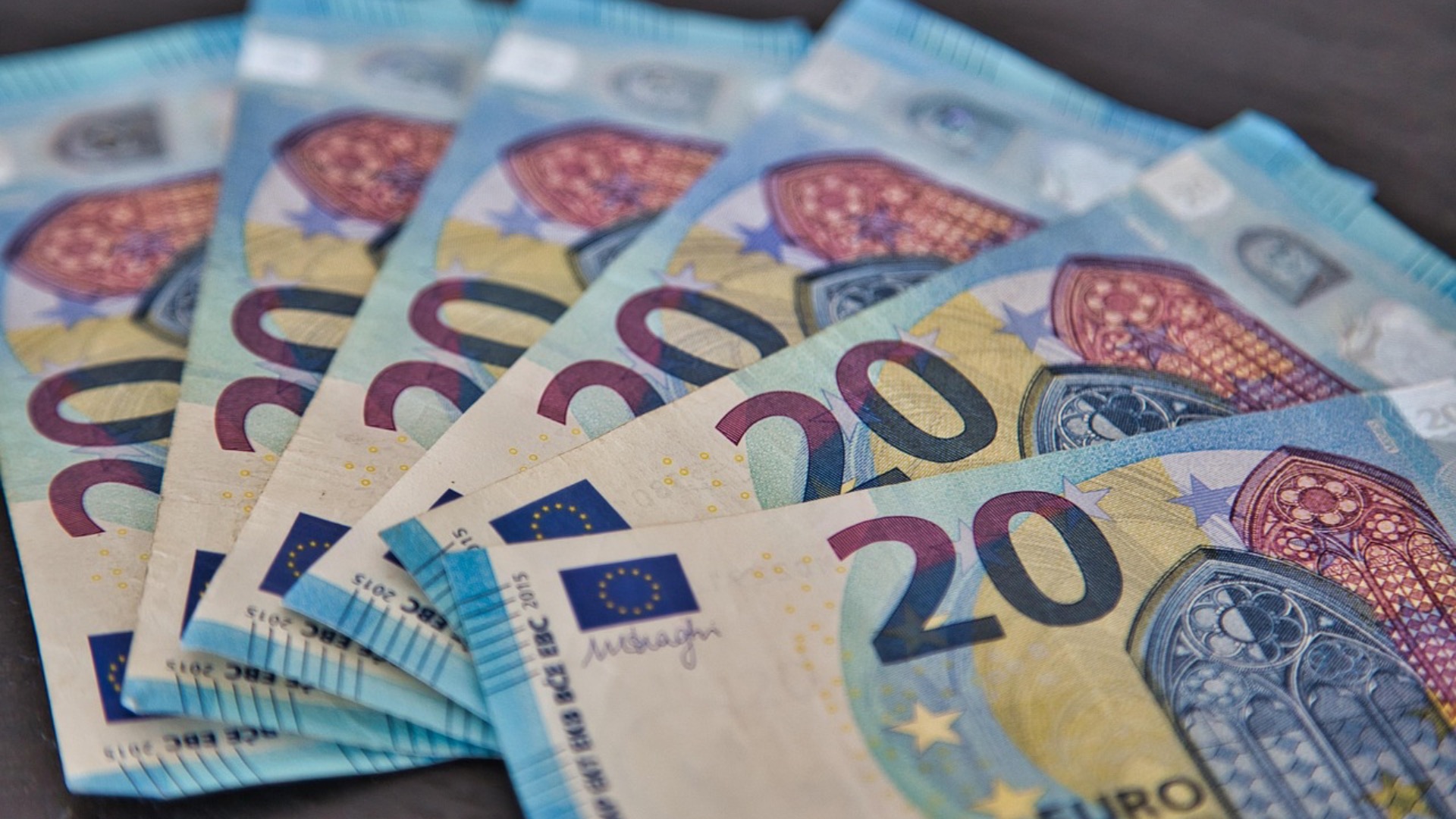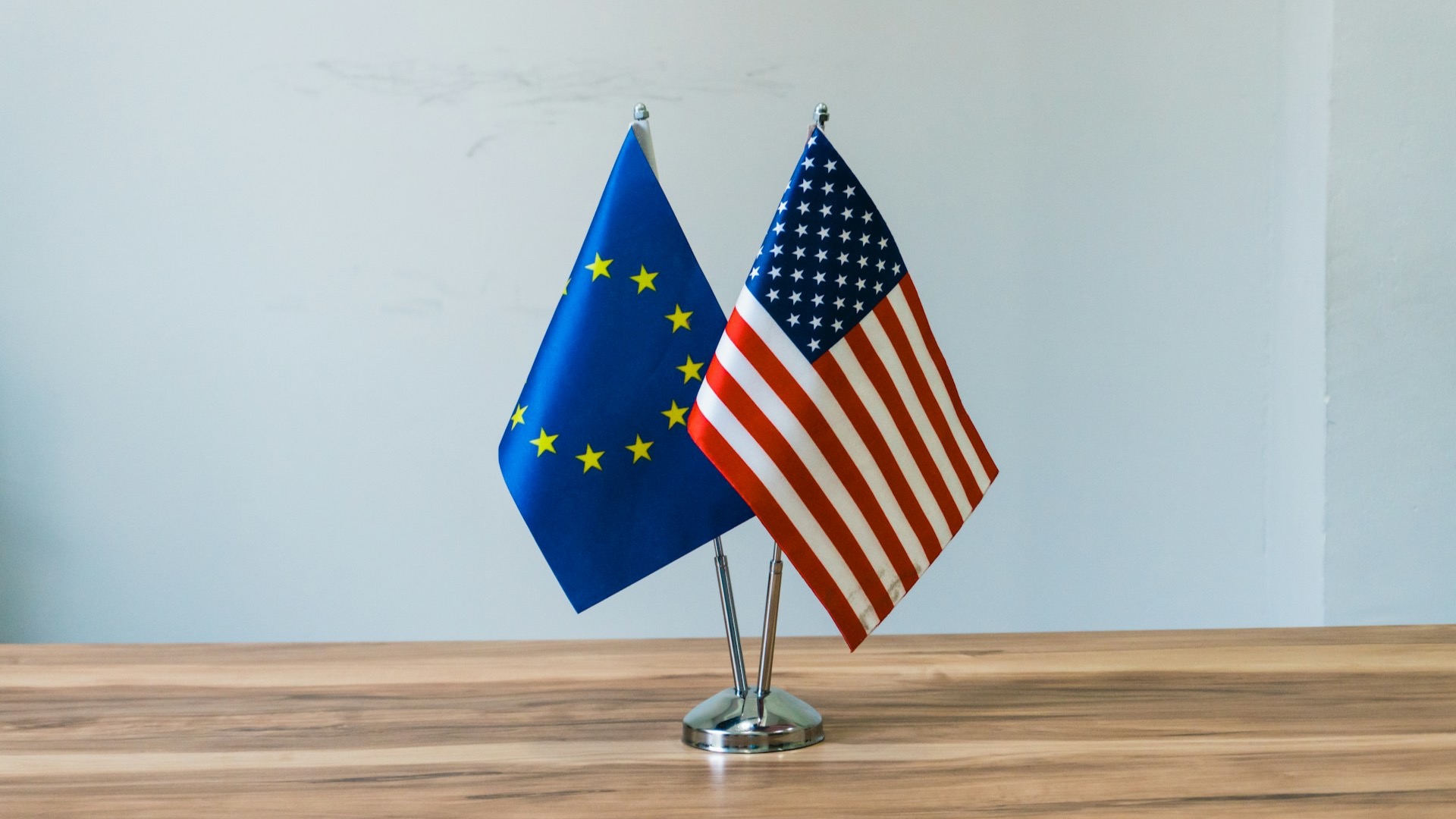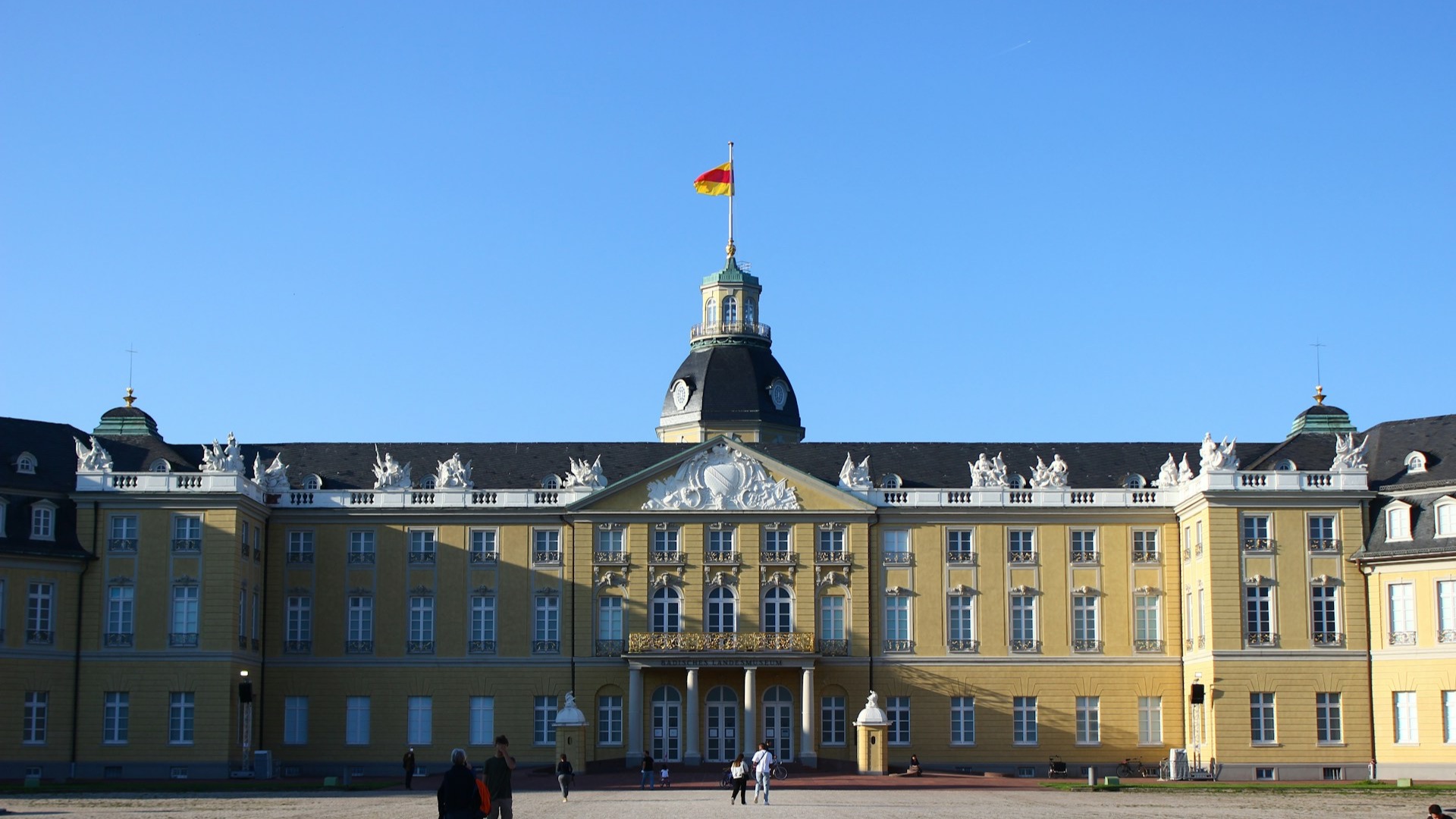
Asylum, Sovereignty, and Diplomatic Rupture: The Mexico-Peru Crisis in the Broader Latin American Context
The diplomatic rupture between Mexico and Peru in November 2025 represents a critical episode in Latin American international relations, one that uncovers enduring tensions surrounding asylum, sovereignty, and political interference. This event, where Peru severed ties with Mexico after it granted asylum to former Peruvian Prime Minister Betssy Chávez—who is under investigation for rebellion connected to Peru’s 2022 political crisis—transcends a simple bilateral disagreement. It sheds light on broader regional struggles with international norms, political legitimacy, and diplomatic protocol. For policymakers, international relations professionals, and scholars focused on Latin America, understanding the multi-layered context and implications of this crisis is essential.

Origins and Immediate Causes of the Breakdown
The immediate catalyst for this diplomatic breakdown was Mexico’s decision on 4 November 2025 to offer asylum to Chávez, who faces serious charges related to the political unrest following President Pedro Castillo’s removal. From Peru’s perspective, Mexico’s actions equate to harboring an individual accused of grave crimes against the state, marking what Peruvian Foreign Minister Hugo de Zelá called an “unfriendly act” and interference in Peru’s domestic affairs. The severity of Peru’s response, including cutting diplomatic ties, signals the depth of distrust and the high stakes involved.
Mexico’s position contrasts sharply with Peru’s. The Mexican government, led by President Claudia Sheinbaum, has consistently defended asylum as a lawful exercise of international humanitarian principles. Sheinbaum characterized Peru’s reaction as “out of proportion,” emphasizing that granting asylum aligns with Mexico’s longstanding commitment to protecting individuals facing political persecution or unfair prosecution. This difference elucidates a core diplomatic tension between respecting sovereignty and upholding humanitarian responsibilities—a subject of ongoing debate in international relations.
Historical Context of Asylum and Political Diplomacy in Latin America
Latin American diplomacy has long been intertwined with the practice of political asylum. Embassies in the region have traditionally served as sanctuaries for political dissidents and individuals fleeing persecution. Yet, asylum cases have also repeatedly triggered diplomatic conflicts, often invoking accusations of interference and violations of sovereignty. Mexico’s own experience earlier in 2025 with Ecuador—when Ecuadorian police forcibly entered Mexico’s embassy in Quito to arrest former Vice-President Jorge Glas, leading Mexico to suspend relations—demonstrates the precarious nature of asylum as a political flashpoint. Such extremes reaffirm how asylum policy can become a double-edged sword, affirming human rights on one hand while provoking interstate disputes on the other.
This current rupture between Mexico and Peru also offers insight into Latin America’s complex geopolitical landscape. The region is characterized by political volatility, contested governmental legitimacy, and ideological divides, all of which intensify conflicts over asylum and sovereignty issues. These forces shape how states interpret legal norms and wield diplomatic tools, sometimes in ways that exacerbate tension rather than alleviate it.
Broader Diplomatic and Political Implications
Beyond bilateral relations, the landscape of cooperation between Mexico and Peru faces tangible risks. Both countries share vibrant economic, cultural, and migratory ties, and the diplomatic break threatens to dampen collaboration on trade, migration policies, and regional integration platforms such as the Pacific Alliance and the Community of Latin American and Caribbean States (CELAC). Diplomatic closures or recalls could obstruct communication channels, strain trust, and slow down progress on common agendas.
The influence of this crisis extends into regional political arenas as well. Regional organizations like the Organization of American States (OAS) and CELAC may soon confront pressure to manage the fallout constructively. Their ability to mediate disputes and uphold cooperative norms will be tested, with implications for Latin American diplomatic stability and cohesion. How these bodies respond could either reinforce their relevance or reveal weaknesses in managing inter-state conflicts in a volatile political environment.
The fundamental diplomatic dilemma surfacing from this event concerns the balance between state sovereignty and humanitarian obligations. Peru’s insistence on national jurisdiction and law enforcement contrasts with Mexico’s prioritization of human rights and asylum protections. This debate mirrors broader questions in international diplomacy about the boundaries of sovereignty and the responsibilities of states toward individuals fleeing persecution—questions that are neither new nor easily resolved but acquire new urgency in politically sensitive contexts like this.
Politically, the crisis also serves as a message domestically and externally for both states. For Peru’s government, a hardline stance on Mexico underlines a commitment to defending sovereignty and prosecuting alleged crimes, while reinforcing nationalistic pride. For Mexico, upholding the asylum principle bolsters its image as a regional leader in human rights defense and international law adherence.
The Future Trajectory: Potential Developments
The Mexico-Peru diplomatic crisis is likely to evolve with several key developments worth monitoring. Peru might intensify diplomatic measures, including recalling ambassadors or further downgrading diplomatic missions. Mexico could respond by appealing to international legal bodies or seeking third-party mediation. Alternatively, discreet negotiations or interventions by regional organizations could pave the way to restoring dialogue.
The responses of other Latin American countries will play a critical role in shaping regional dynamics. Whether they align with Peru’s emphasis on sovereignty, support Mexico’s humanitarian approach, or maintain neutrality will influence the diplomatic climate and norms surrounding asylum cases.
Additionally, this crisis may provoke amplified scrutiny of asylum policies and practices across Latin America, sparking dialogue on establishing clearer, mutually accepted frameworks aimed at preventing such disputes. There may be increasing calls for guidelines that balance asylum protections with respect for sovereign legal processes—an imperative for managing future crises effectively.
In the longer term, repairing Mexico-Peru relations will require sustained confidence-building efforts amid evolving political landscapes in both countries. While economic and social ties might gradually normalize, their restoration depends heavily on political will and the broader regional climate regarding conflict resolution and diplomatic cooperation.
Conclusion
The Mexico-Peru diplomatic rupture centered on Betssy Chávez’s asylum is emblematic of critical challenges facing Latin American diplomacy today. It vividly illustrates the tensions between humanitarian norms and state sovereignty and highlights how asylum remains a potent and contentious tool with the power to disrupt diplomatic relations. For Diplomacy Berlin’s engaged readership, this case offers a vital lesson in the complexities of regional diplomacy, where law, politics, and international principles intersect with high stakes.
As Latin America navigates these difficulties, this episode urges diplomats and policymakers to pursue thoughtful, strategic approaches that respect human rights while reinforcing sovereign integrity, fostering dialogue, and sustaining regional stability. The outcome of this crisis will resonate beyond bilateral ties, influencing how Latin American states reconcile competing imperatives and shaping the future framework of regional diplomacy and cooperation. The Mexico-Peru case, therefore, stands as a crucial reference point for understanding contemporary Latin American international relations and the evolving art of diplomacy in a dynamic world.
This comprehensive analysis invites policymakers, diplomats, and scholars to reflect on both immediate responses and longer-term strategies to manage and ideally prevent such diplomatic ruptures, ensuring stability and cooperation amid Latin America’s dynamic and often volatile political scene.







